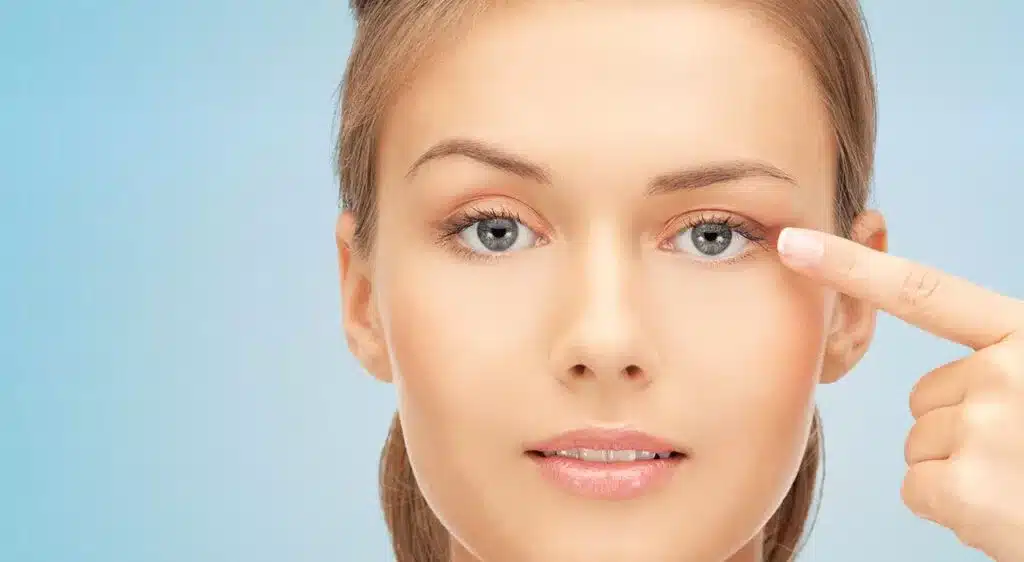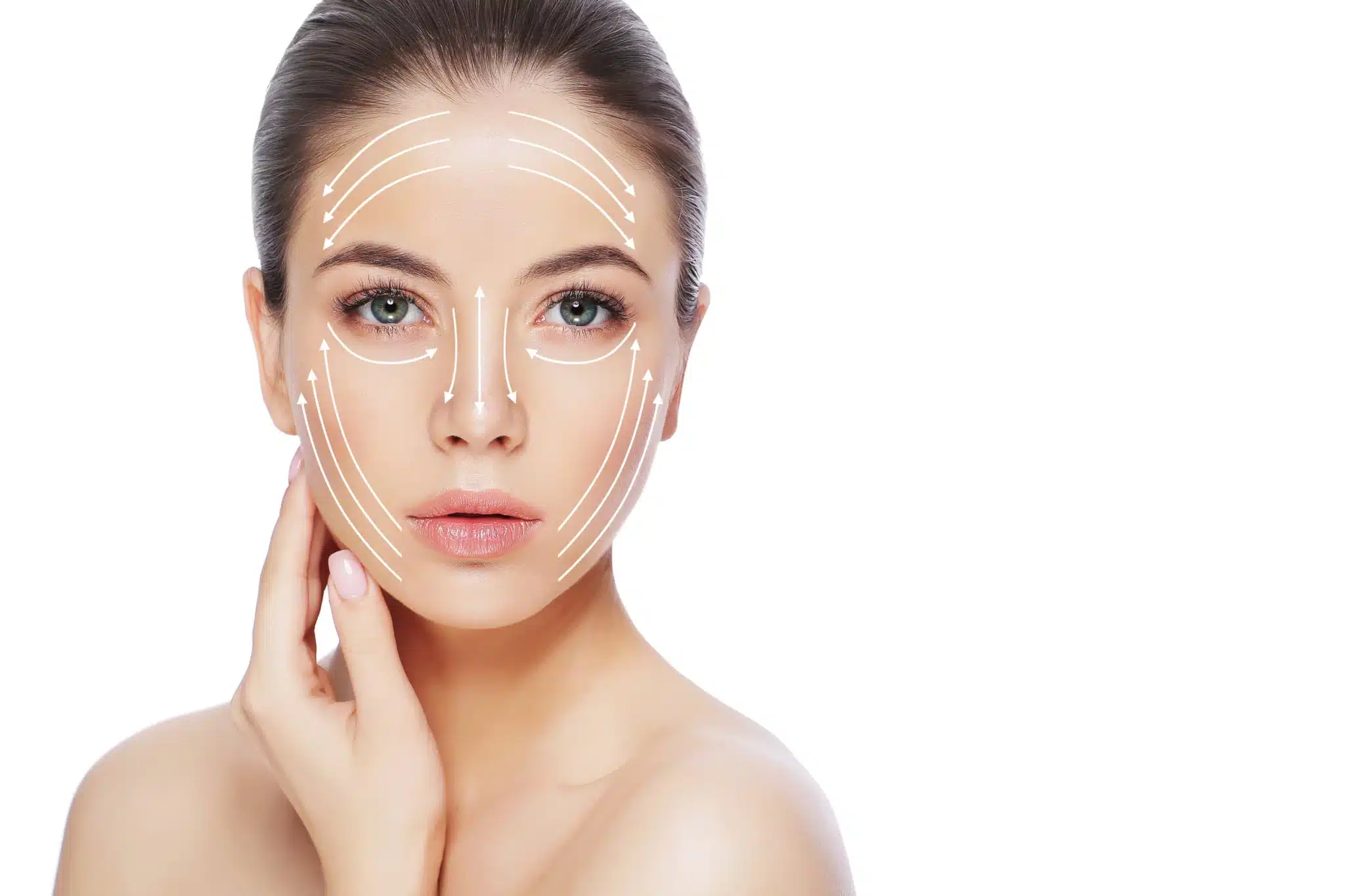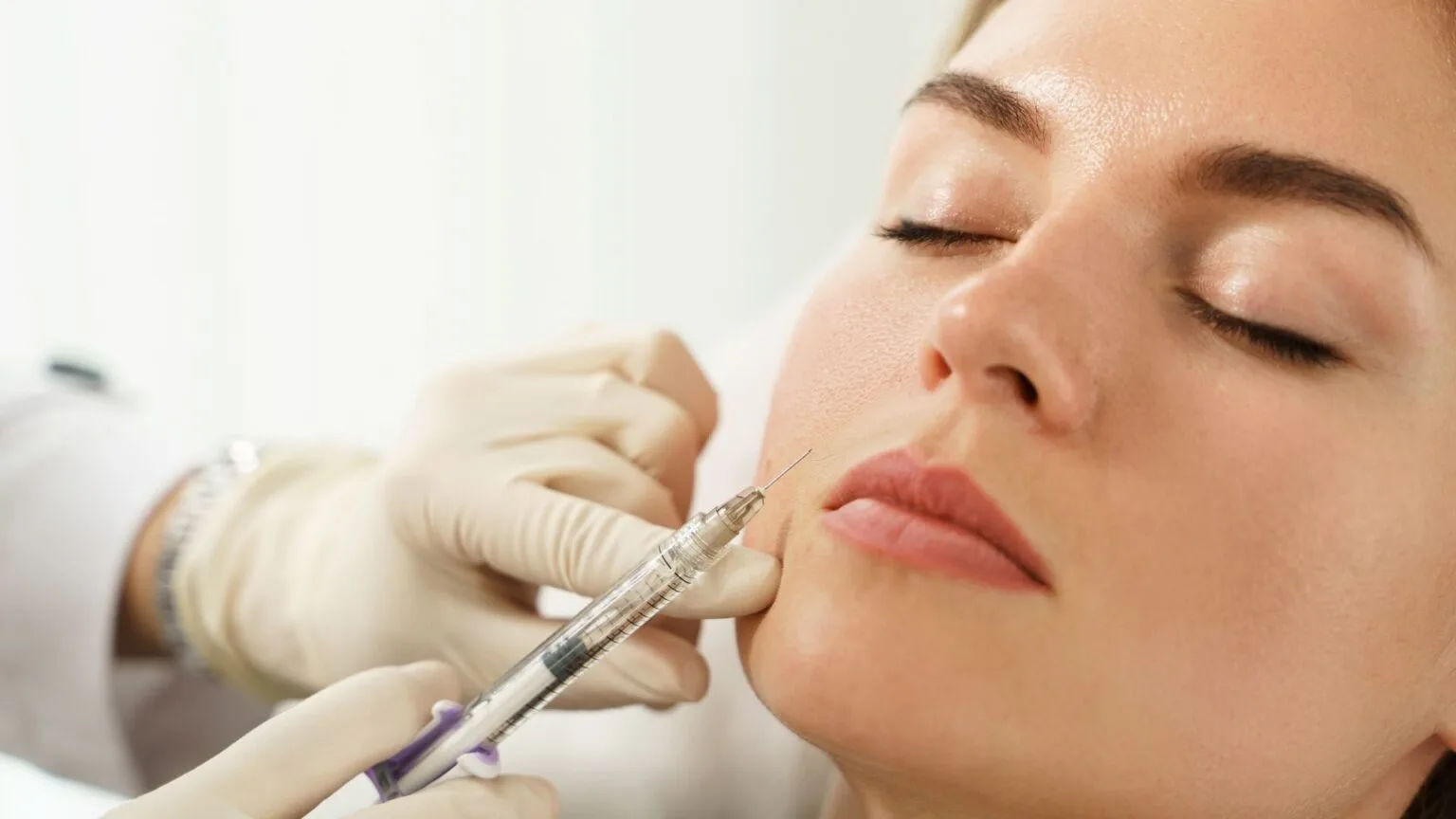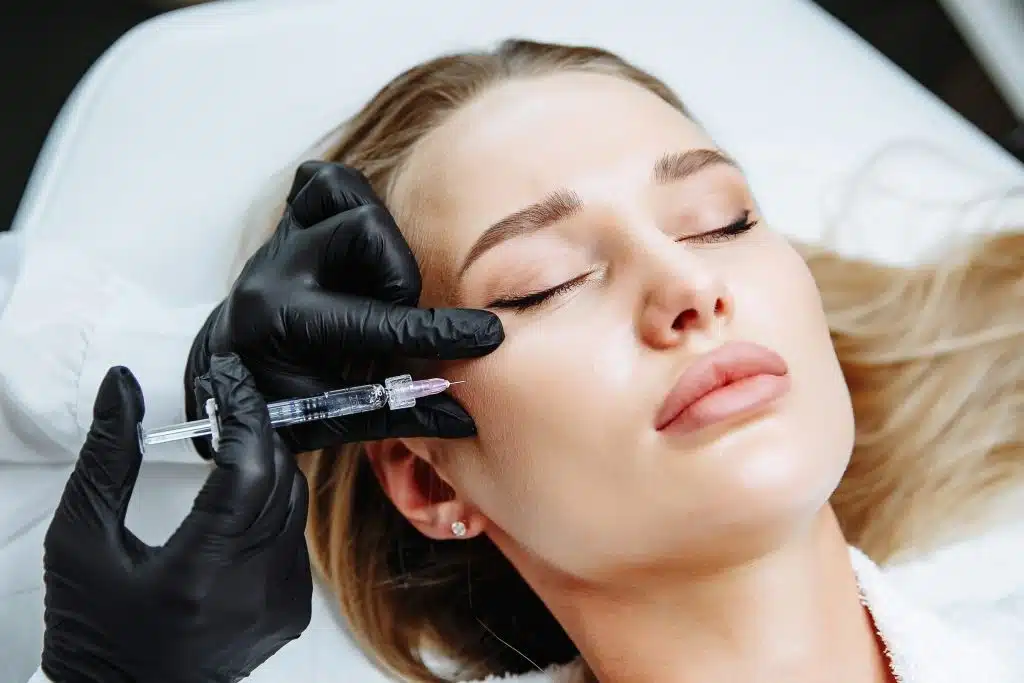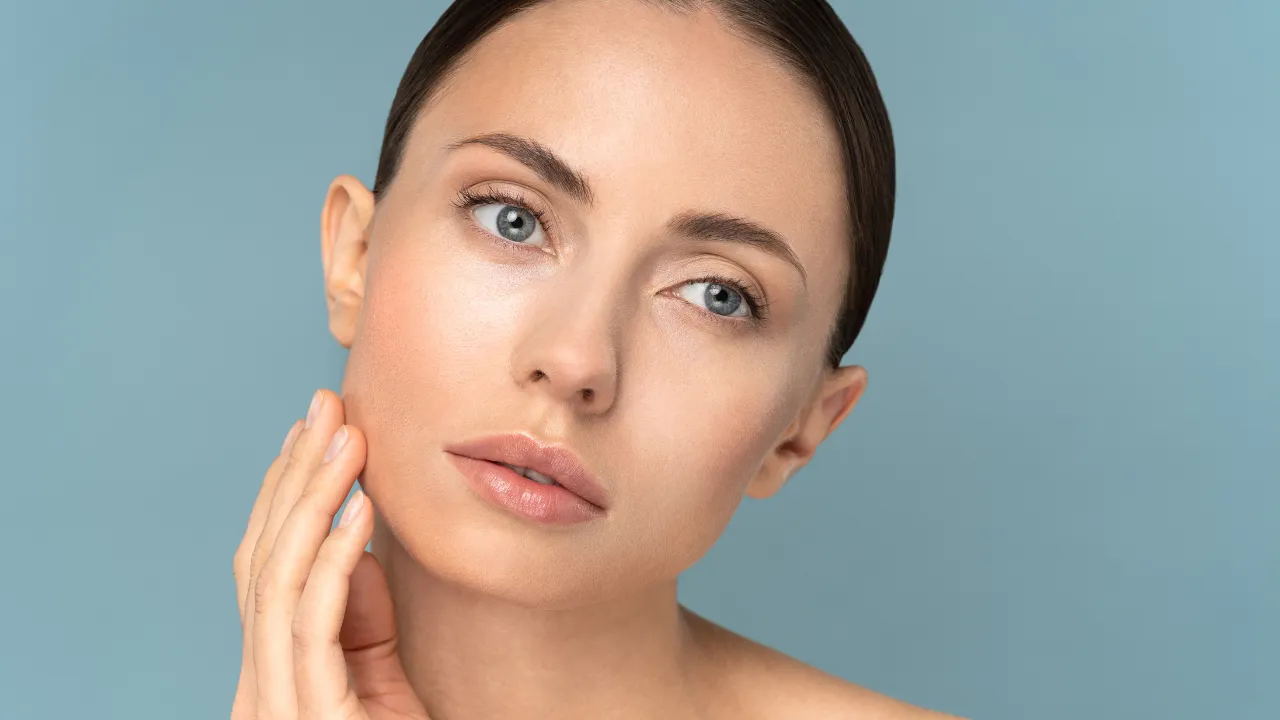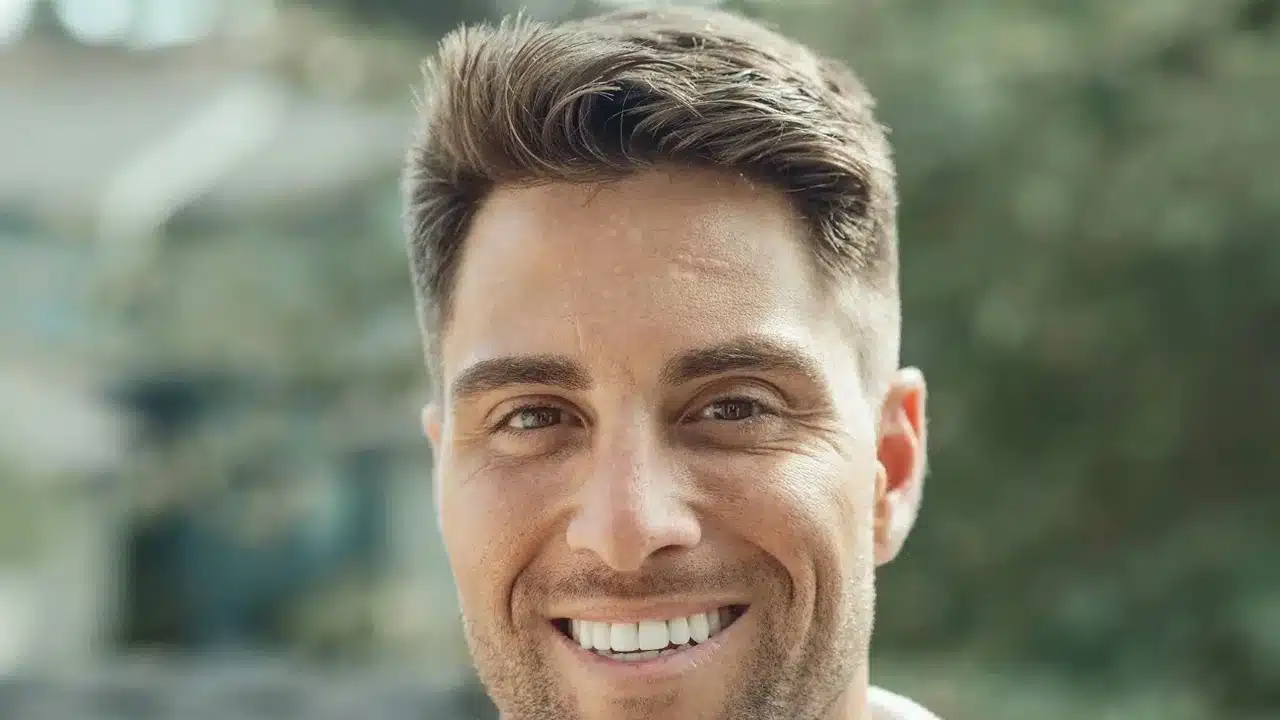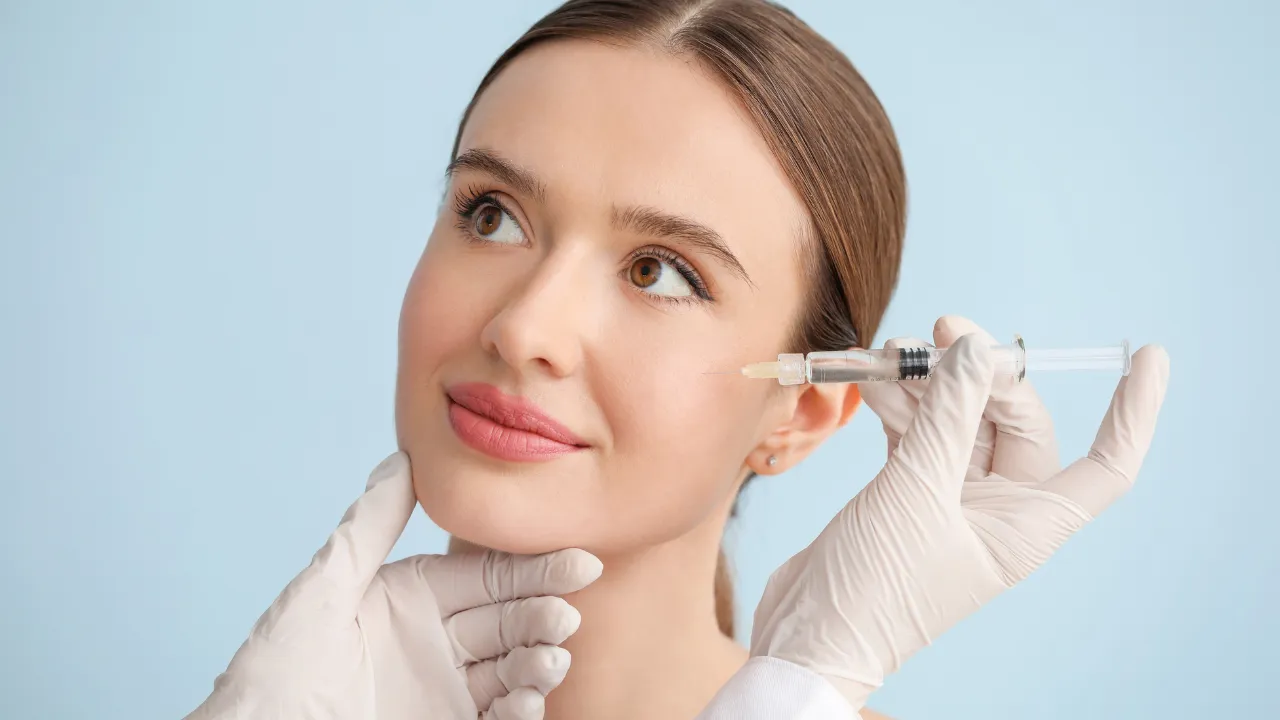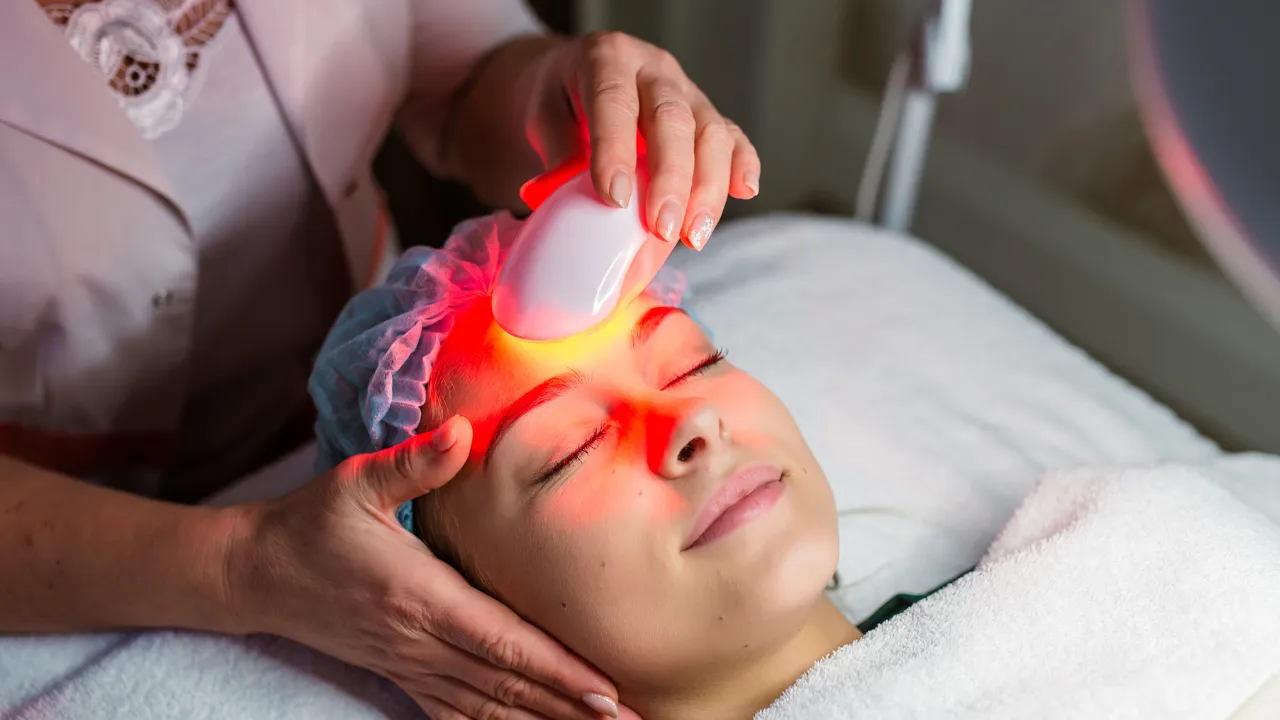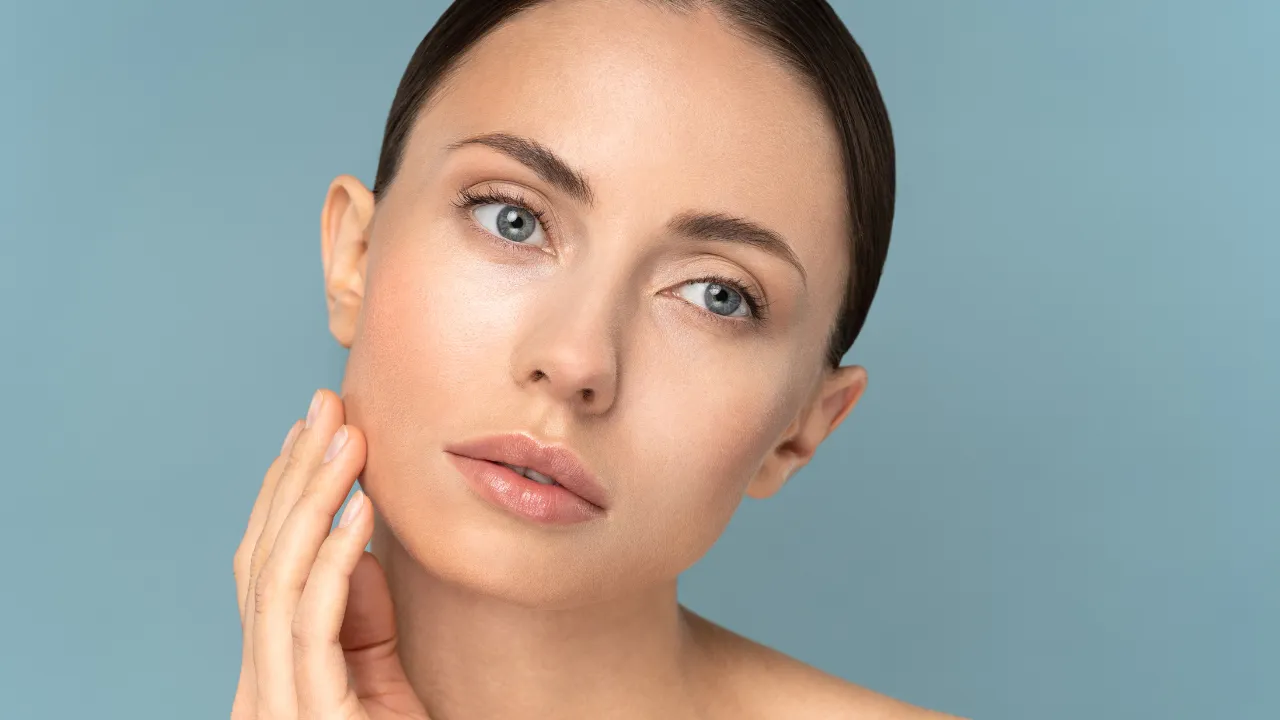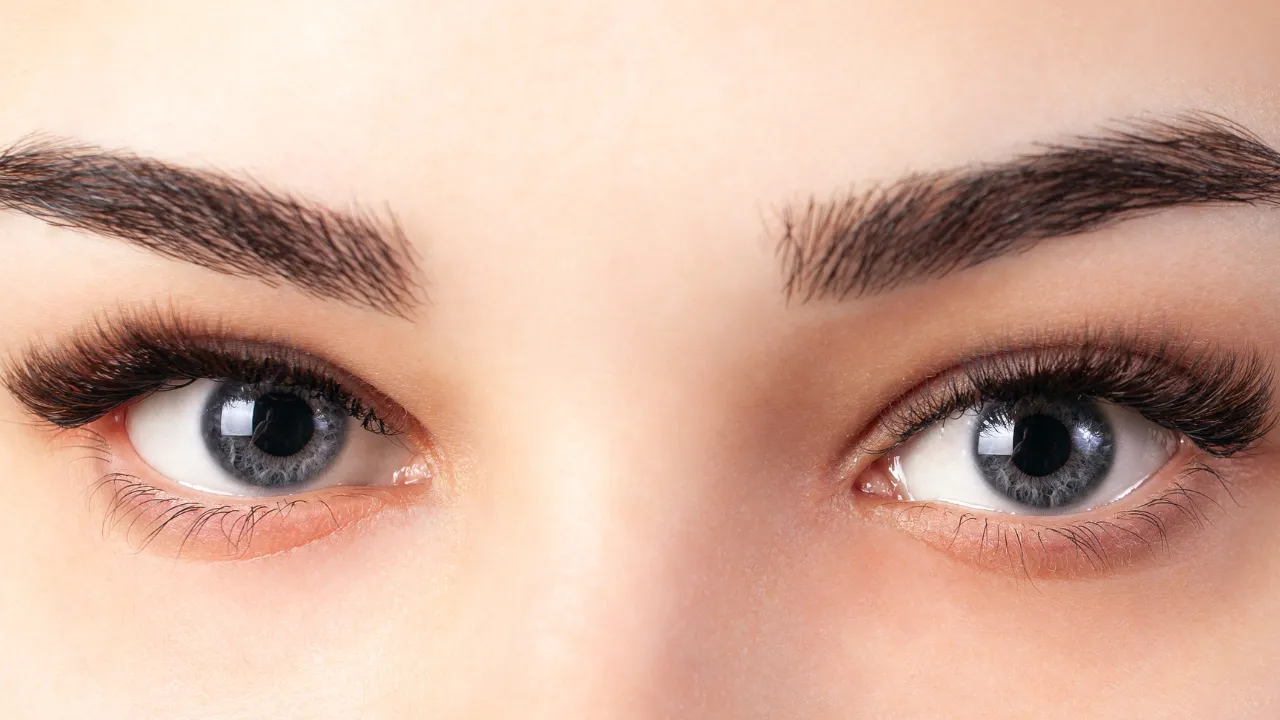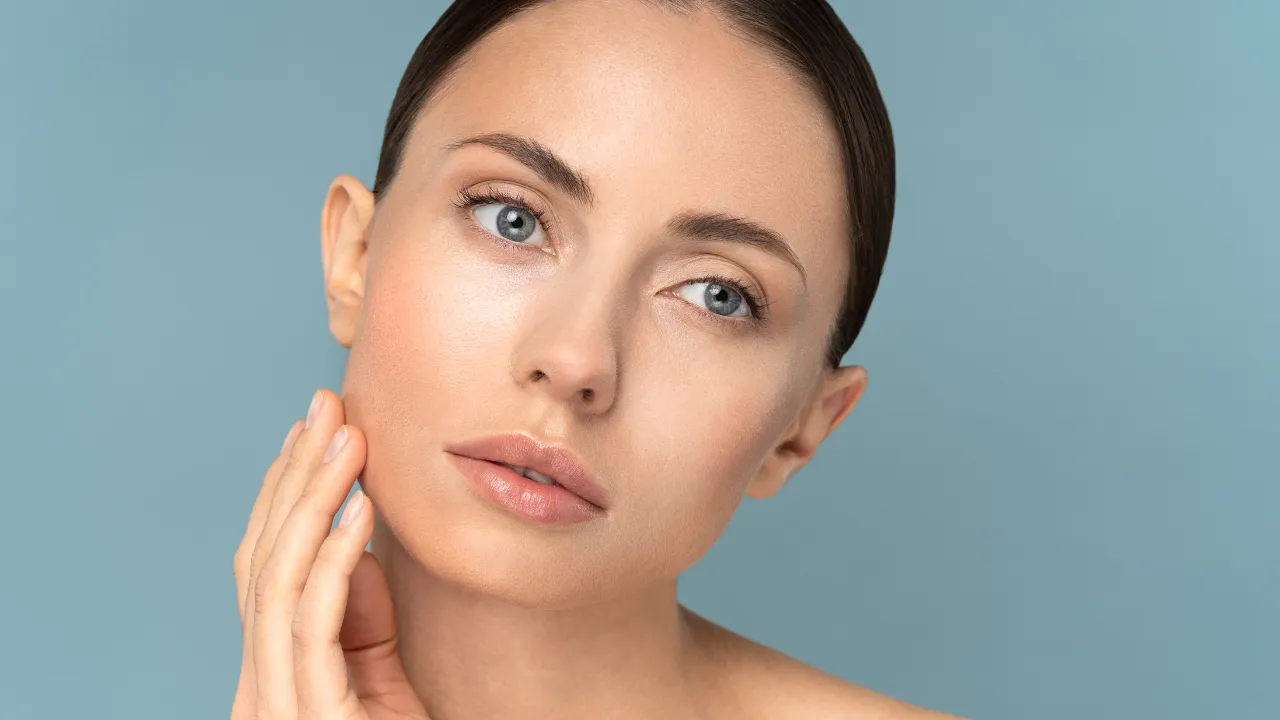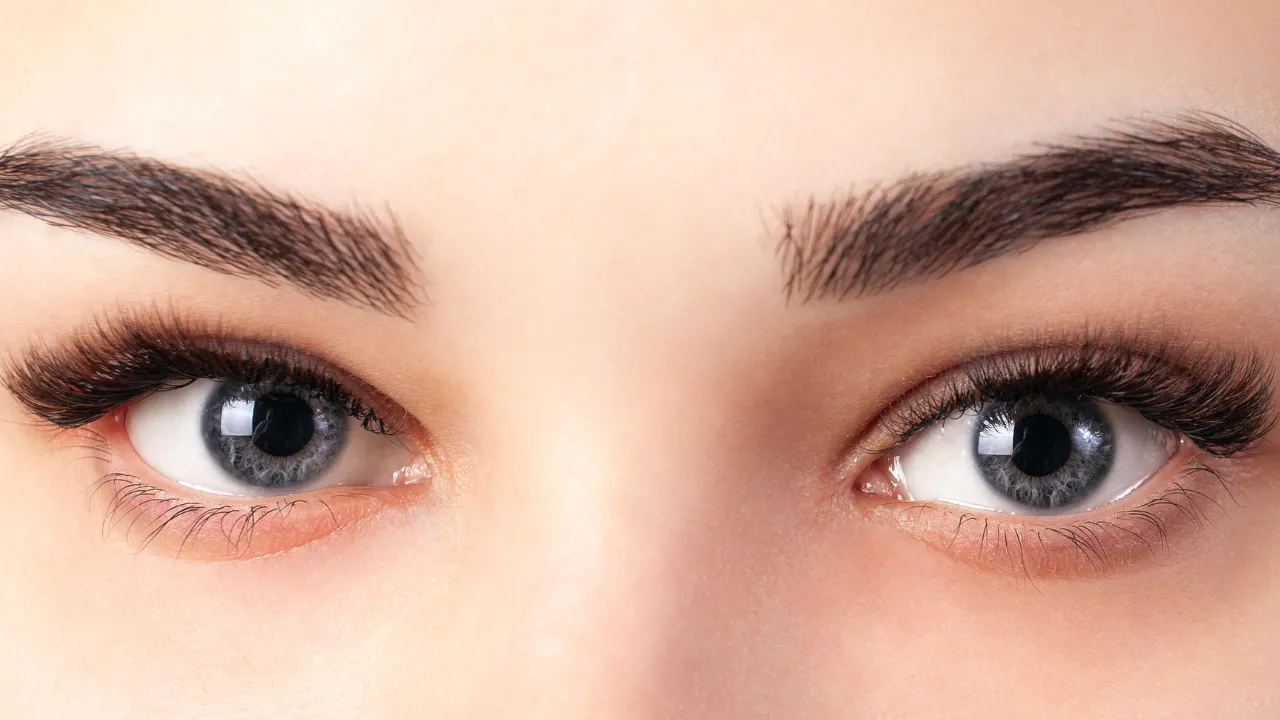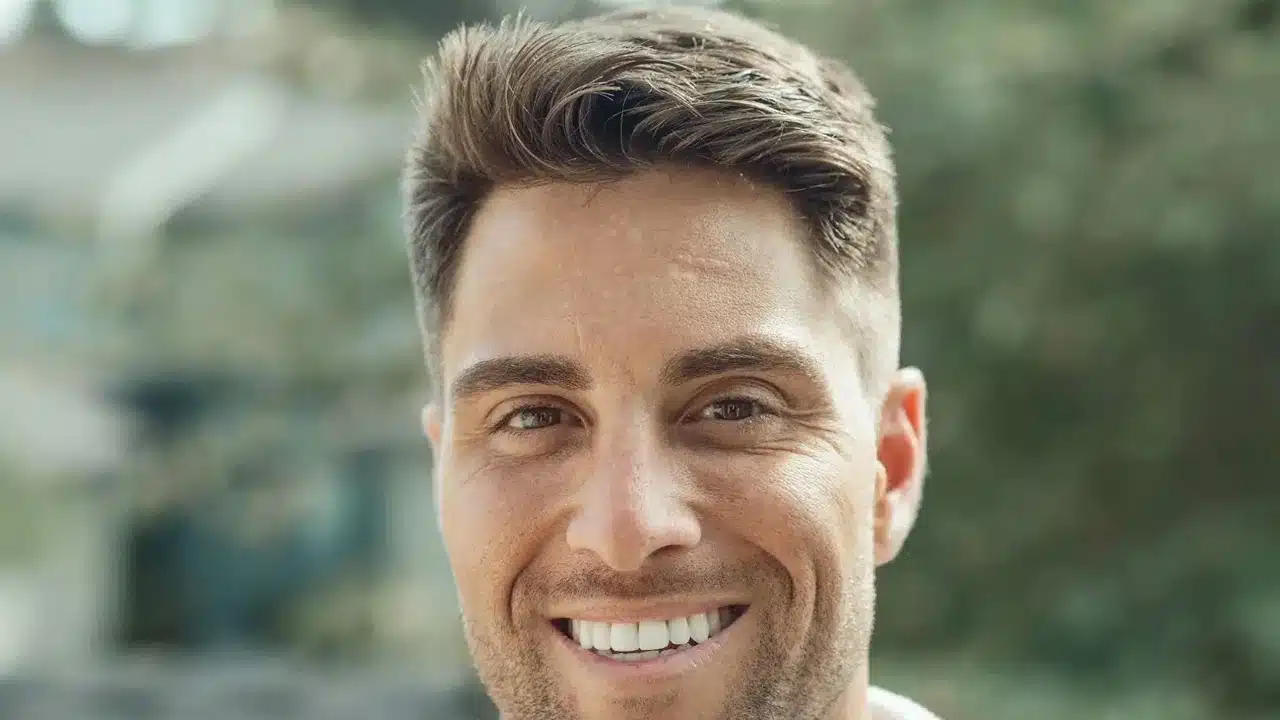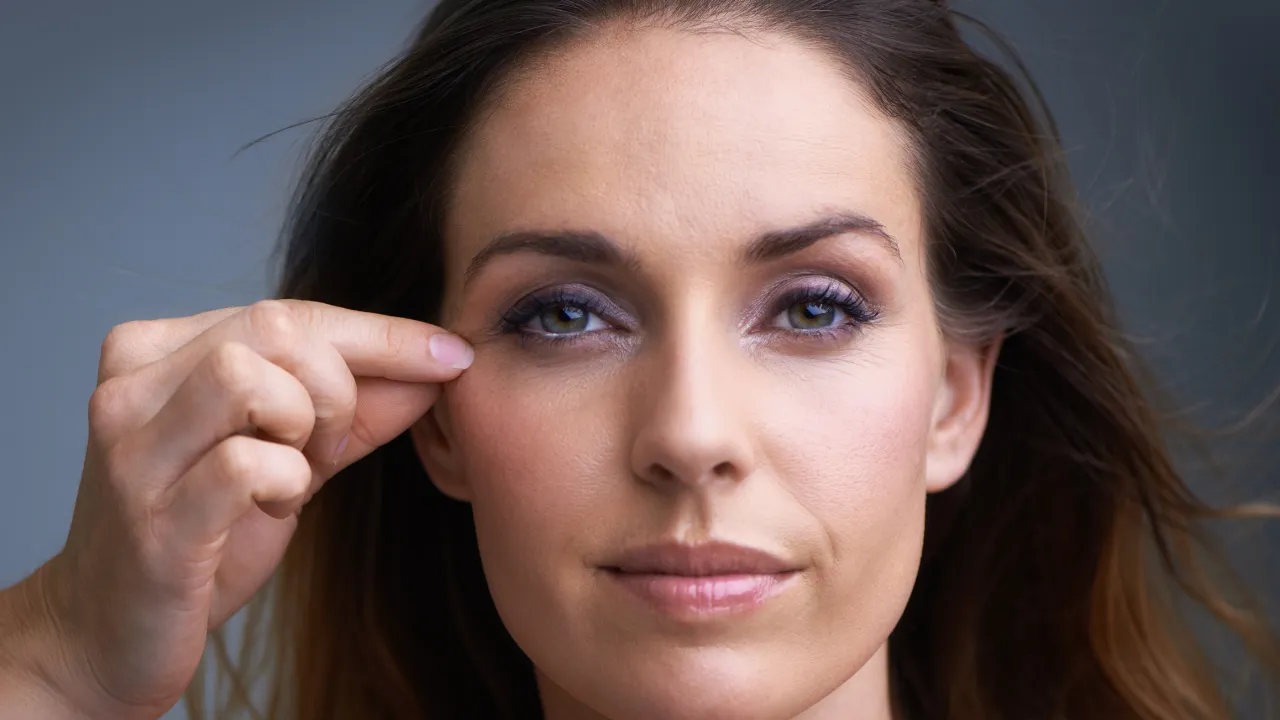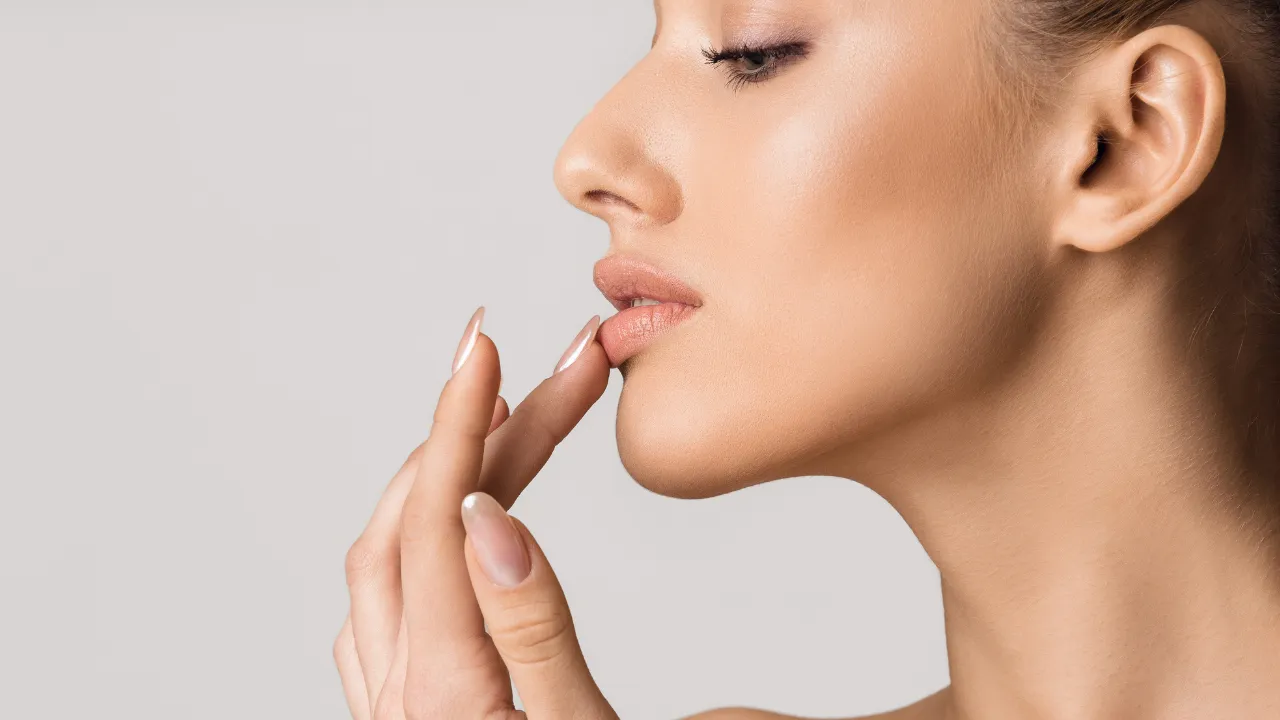At Kopelman Aesthetic Surgery in New York, Dr. Joel Kopelman often sees patients concerned about a botox eyebrow droop. With decades of experience in facial plastic and oculoplastic surgery, Dr. Kopelman offers expert insights on what causes this side effect, how to prevent it, and what treatment options are available.
“In my practice, I’ve seen patients recover from mild brow ptosis within 3–4 weeks with no intervention,” says Dr. Kopelman. “But for some, a tailored correction plan speeds up that recovery.”
Table of Contents
ToggleWhat You Need to Know
- Botox eyebrow droop usually resolves in 3–6 weeks.
- It happens when injection sites or doses affect brow-lifting muscles.
- Treatment can include eye drops or follow-up Botox.
- Choose an experienced provider to avoid this issue.
Understanding the Issue
Why Eyebrows Drop After Botox
A botox eyebrow droop happens when the Botox injection weakens the frontalis muscle more than intended. This muscle lifts the brows. When over-relaxed, the eyebrows may lower noticeably.
This issue often results from:
- Injecting too low on the forehead
- Using a higher dose than needed
- Failing to adjust for a patient’s anatomy
Anatomically, the frontalis muscle lifts the eyebrows. If this is weakened, the brows may sink or flatten while the brow depressors, like the orbicularis oculi, remain active.
Botulinum toxin, the active ingredient in Botox, relaxes facial muscles. While this helps reduce forehead wrinkles and frown lines, incorrect placement can cause unintended outcomes, such as drooping eyelids or eyebrow descent.
Even with proper technique, some patients may react differently due to muscle tone or brow structure.
Are Heavy or Low Eyebrows After Botox Normal?
Some patients feel their brows dropped after Botox, especially in the first week. A slight sense of heaviness is common as Botox settles in. However, if the droop is visible or asymmetric, it may indicate overcorrection.
Mild heaviness isn’t always a problem. But if low eyebrows after Botox change your appearance or affect eyelid function, it’s important to talk to your provider.
Patients often describe their brows as feeling heavy or their upper eyelids appearing lower. This sensation is a sign of how the effects of Botox are interacting with key facial muscles.
How It Looks and Feels
Pictures of Eyebrow Droop After Botox (Before and After)
Photos can help identify what’s typical versus what might need correction. Common signs in before-and-after images include:
- Flattened or lowered brow arches
- Asymmetry between brows
- Hooding of the upper eyelid
Seeing real patient examples helps set realistic expectations and spot red flags. You can review examples in the gallery section of the Kopelman Aesthetic Surgery website.
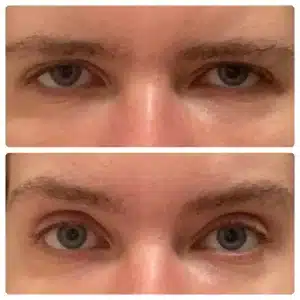
Hooded Eyes and Heavy Eyebrows After Botox
Some patients experience hooded eyes heavy eyebrows after Botox due to the upper lid appearing fuller. This can make the eye look smaller or tired.
It’s important to distinguish between natural aging and botox brow droop. Botox-related changes typically occur within 3 to 7 days of treatment.
Symptoms of Botox Brow Droop
If you notice any of the following, you may be experiencing Botox brow droop:
- Brows that sit lower than before
- Feeling of pressure or weight on the eyelids
- Uneven facial appearance
In rare cases, a droopy eyebrow from Botox can also contribute to mild vision obstruction. These symptoms may be part of a broader pattern of eyelid drooping that occurs when forehead muscles are no longer compensating for underlying laxity. Some patients may also develop droopy eyelids if the toxin spreads to nearby muscles.
Duration and Risks
How Long Does Botox Eyebrow Droop Last?
In most cases, the dropped eyebrow Botox effect is temporary. It usually lasts 3 to 6 weeks. As the Botox wears off, the muscles regain strength and the brow lifts naturally.
For some, full recovery may take up to 3 months. The timeline depends on dosage, muscle responsiveness, and individual metabolism.
Is Brow Ptosis from Botox Permanent?
No, brow ptosis from Botox is not permanent. It resolves as the effects wear off.
However, if the droop is repeated or severe, it’s best to consult an experienced provider like Dr. Kopelman. Repeated issues may require adjusting injection sites or technique; a specialized ptosis treatment may be recommended to correct muscle function and restore eyelid position.
Solutions and Fixes
Can Botox Eyebrow Droop Be Fixed or Reversed?
Yes, in many cases. If the effect is mild, no treatment is needed. For more pronounced issues, temporary solutions include:
- Apraclonidine eye drops to stimulate lifting
- Strategic Botox injections to balance the brow
- Waiting for the Botox to naturally wear off
Botox Eyebrow Droop Correction and Treatment Options
Treatment depends on the severity. Dr. Kopelman may recommend:
- Conservative re-injection in specific areas
- Post-treatment eye drops for immediate lift
- Monitoring for gradual improvement
In many cases, reassurance and follow-up is enough. Proper assessment is key.
A careful review of the original injection technique also helps prevent future occurrences, especially in patients with a history of sensitive forehead muscles.
Can Botox Lift a Drooping Eyebrow?
Yes, when placed correctly, Botox can actually lift the brow by relaxing the depressor muscles such as the corrugator and procerus.
But if injected too low or with too much volume, the opposite effect occurs. That’s why experience matters. A skilled injector, like those at Kopelman Aesthetic Surgery, can use Botox to shape and elevate the brow subtly.
Botox is a cosmetic procedure that should always be personalized to the patient’s facial anatomy and desired outcomes.
Prevention and Expert Advice
How to Prevent Dropped Eyebrows After Botox
Prevention starts with technique. Patients can reduce the risk by:
- Choosing a board-certified injector
- Avoiding pressure on the forehead post-treatment
- Communicating clearly about past reactions
Providers should tailor dosage and injection patterns to individual facial structure. Experienced injectors also avoid high-dose injections near the central forehead.
When to See a Doctor or Specialist
Seek medical advice if you notice:
- Vision changes
- Asymmetry that worsens
- Eyebrow droop that affects daily life
Dr. Kopelman recommends scheduling a follow-up if you experience any of the above. Early evaluation allows for timely management and peace of mind.
FAQs
Will Botox eyebrow droop affect my vision?
In rare cases, slight vision obstruction may occur if the eyelid muscles are impacted. Always consult your provider if this happens.
Can I fix it at home?
No, correction should be supervised by a trained medical professional. Avoid massaging or applying pressure to the area.
Does everyone get this reaction?
No, it’s uncommon when Botox is injected correctly. Choosing an experienced injector significantly reduces the risk.
What to Keep in Mind Moving Forward
Understanding how botulinum toxin interacts with facial muscles is essential to avoiding unwanted effects like drooping eyelids or brow descent. These risks can be managed or avoided entirely with expert care, clear communication, and a tailored approach.
For patients who experience symptoms, working with a qualified provider like Dr. Kopelman ensures a safe and timely resolution. Whether it’s your first treatment or a routine touch-up, knowing what to expect and who to trust makes all the difference. Book your consultation now.

